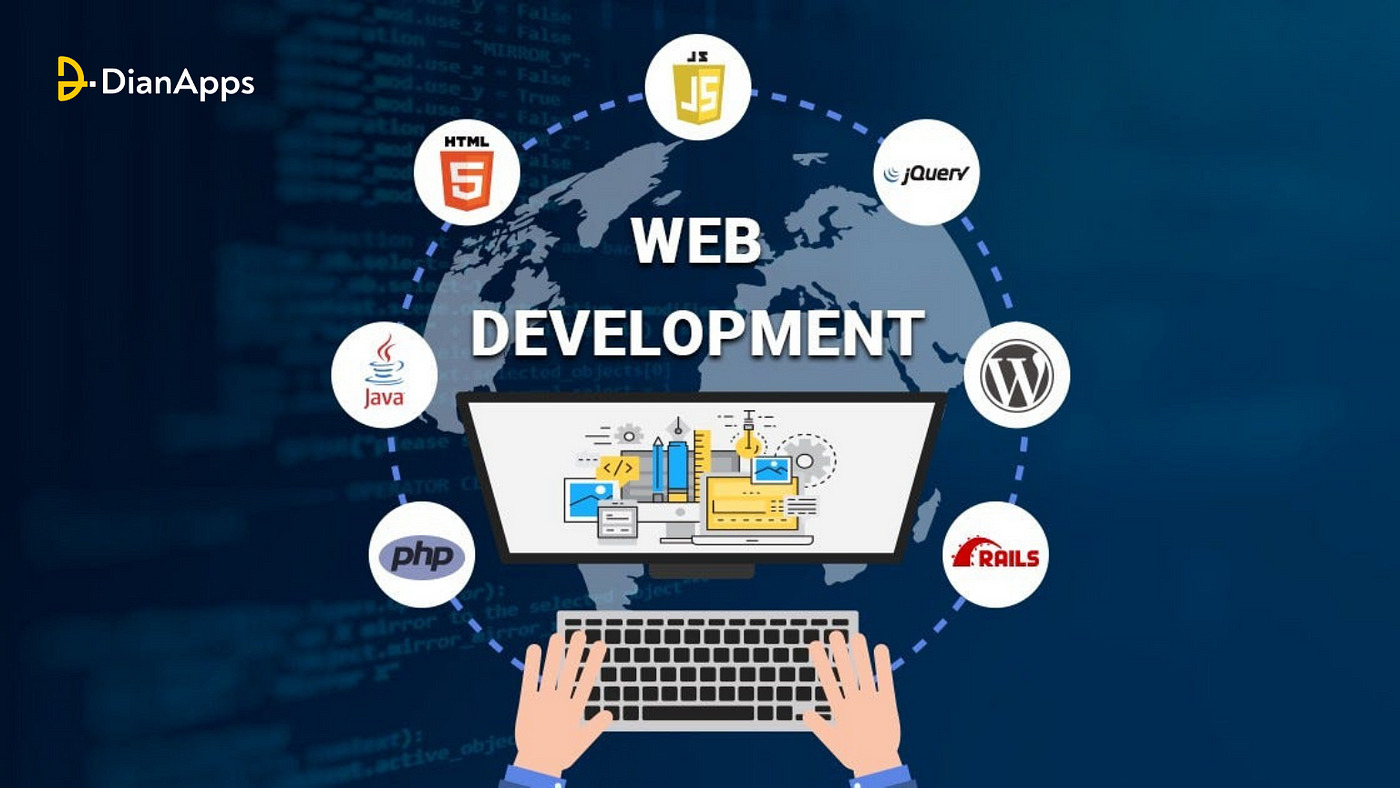Custom Custom Web Development Perth Tailored for You.
Custom Custom Web Development Perth Tailored for You.
Blog Article
Your Guide to Modern Internet Advancement: Patterns and Best Practices

Arising Technologies in Internet Advancement
The evolution of web development is marked by a relentless quest of development, driven by the desire to improve individual experience and enhance procedures. Arising technologies continue to improve the landscape, offering designers powerful devices to create more vibrant and responsive applications. Key amongst these modern technologies are Modern Internet Apps (PWAs), which blend the very best of internet and mobile applications, supplying offline functionality and enhanced performance.
One more substantial advancement is the surge of Expert system (AI) and Artificial Intelligence (ML), which allow individualized individual experiences and data-driven decision-making. These innovations promote chatbots, referral systems, and enhanced search performances, thus changing how customers connect with web applications.
Moreover, the adoption of structures like React, Vue.js, and Angular has actually transformed front-end development, advertising modular design and reliable state management. On the backside, serverless design and microservices foster scalability and adaptability, permitting designers to concentrate on composing code without managing framework.
Relevance of Individual Experience
Individual experience (UX) has actually come to be a critical emphasis in internet advancement, specifically as emerging innovations reshape communications. A favorable UX not just enhances individual contentment however additionally drives engagement, retention, and conversions. In a progressively competitive electronic landscape, businesses must focus on UX to distinguish themselves and fulfill user expectations.
Efficient UX layout is rooted in recognizing individual needs and behaviors. This includes carrying out thorough study, producing individual personas, and using functionality screening to collect understandings. By doing so, programmers can produce intuitive interfaces that promote smooth navigation and decrease rubbing points.
Additionally, a well-designed UX can substantially impact a website's performance metrics. Researches have revealed that customers are a lot more most likely to desert a site if they encounter poor functionality or extreme filling times. Conversely, a streamlined, user-centric layout can bring about reduced bounce rates and raised time invested in the site.
Welcoming Receptive Layout

Receptive style utilizes fluid grids, adaptable images, and CSS media queries to produce a vibrant layout that readjusts in real-time. This methodology not just improves functionality but also contributes to boosted search engine positions, as search engines favor internet sites that give a constant experience across tools. In addition, receptive design minimizes the demand for multiple variations of a site, enhancing upkeep and updates.
Furthermore, responsive design promotes higher interaction by providing directory a customized experience, maintaining individuals on the website longer and lowering bounce prices. As customer habits continues to develop, purchasing responsive design is critical for organizations aiming to enhance customer complete satisfaction and drive conversions. In recap, embracing receptive design is not merely a fad; it is an essential technique that lines up with the assumptions of modern-day individuals, guaranteeing availability and capability despite the gadget they pick to use.
Availability in Web Development
Producing a web site that is both receptive and available is critical for reaching a larger audience. Ease of access in internet growth makes sure that all customers, regardless of anchor their capabilities or handicaps, can properly engage with digital content. This consists of individuals with visual, auditory, cognitive, or electric motor problems.

To attain ease of access, programmers ought to follow the Web Web Content Ease Of Access Guidelines (WCAG), which give a framework for making web material extra perceivable, operable, easy to understand, and durable. Secret techniques include utilizing semantic HTML components, providing alternative text for pictures, guaranteeing adequate shade comparison, and allowing key-board navigating.
Moreover, executing ARIA (Accessible Abundant Internet Applications) features can improve availability, particularly for dynamic content and progressed interface. Examining with real customers, including those with specials needs, is crucial to determine potential barriers and boost customer experience.
Inevitably, focusing on availability not just enhances conformity with legal standards however also fosters inclusivity, enabling companies to additional resources get in touch with a wider audience. As internet advancement remains to develop, installing accessibility into the style and growth process is not simply a finest technique; it is an honest duty that benefits everybody.
The Surge of Progressive Internet Apps
A significant shift in web advancement has emerged with the rise of Progressive Internet Applications (PWAs), which flawlessly integrate the most effective features of mobile applications and standard websites. perth australia web development perth. PWAs are developed to offer users with a fast, reliable, and appealing experience, no matter of their web connection. This is accomplished through solution employees, which allow offline capacities and background syncing, guaranteeing that users can access content also in low-connectivity circumstances
PWAs likewise leverage responsive design principles, guaranteeing that they function efficiently across a selection of tools and screen sizes. This adaptability is essential in an era where consumers increasingly depend on mobile phones for their online activities. Additionally, PWAs eliminate the requirement for separate app shop installments, permitting for simpler and a lot more easily accessible distribution.
The advantages prolong to businesses as well. PWAs can bring about boosted customer involvement, greater conversion rates, and minimized development costs by keeping a single codebase for both internet and mobile systems. As organizations aim to improve individual experiences while taking full advantage of efficiency, the adoption of Progressive Internet Apps continues to grow, solidifying their status as a crucial trend in contemporary internet growth.
Final Thought
Finally, modern web development requires a complex method that incorporates arising modern technologies, customer experience, responsive style, accessibility, and the application of Progressive Web Applications. Sticking to these patterns and finest techniques not only improves individual interaction yet likewise fosters inclusivity, guaranteeing that electronic material is accessible to varied audiences. By focusing on these elements, designers can create impactful applications that satisfy the evolving requirements of users in an increasingly digital landscape.
Report this page